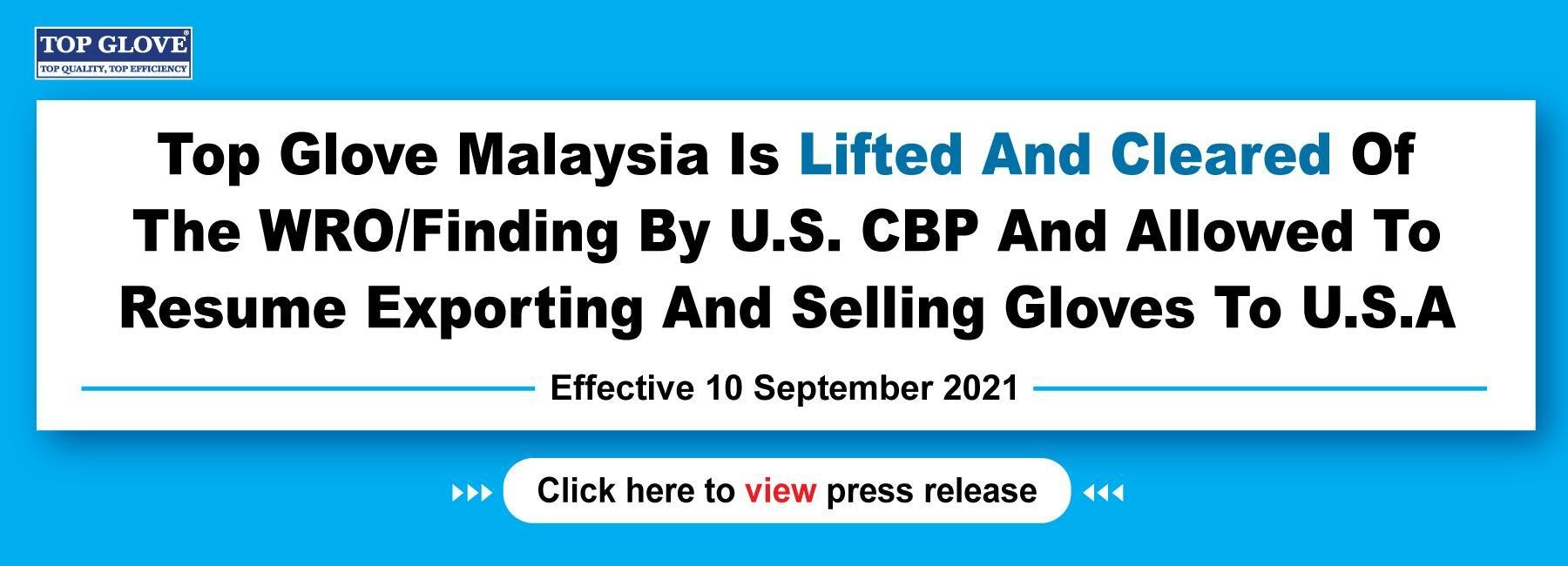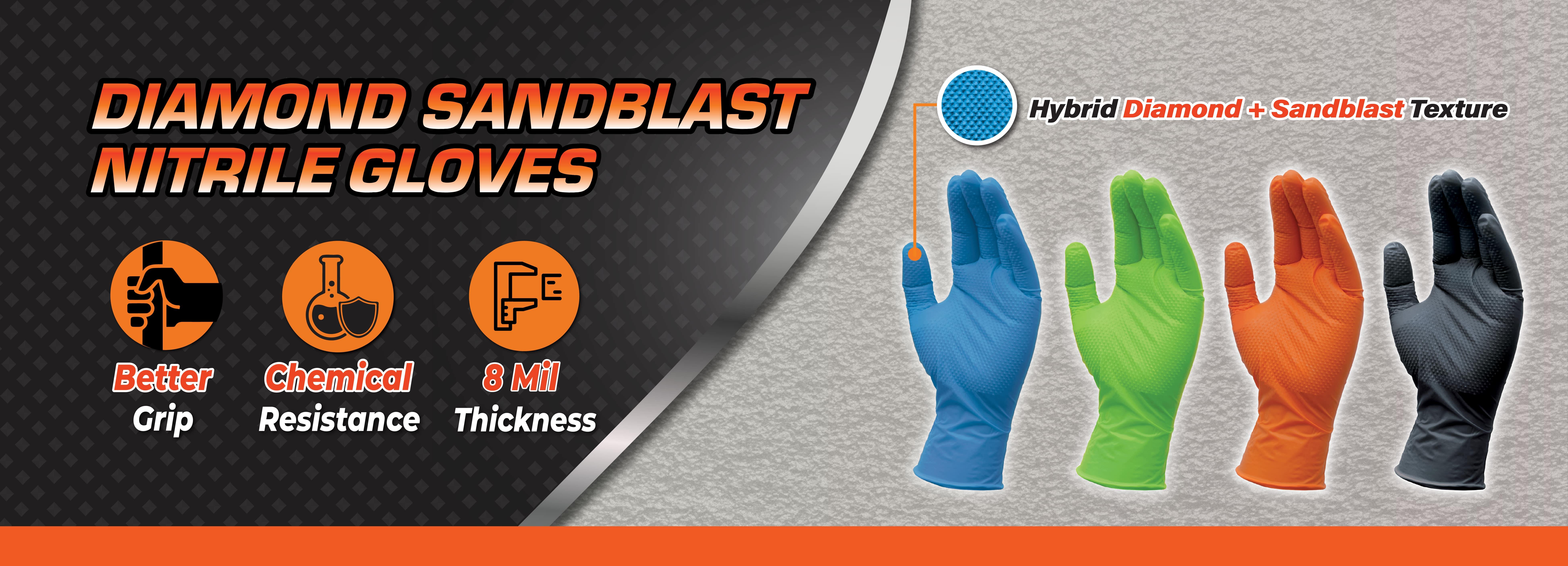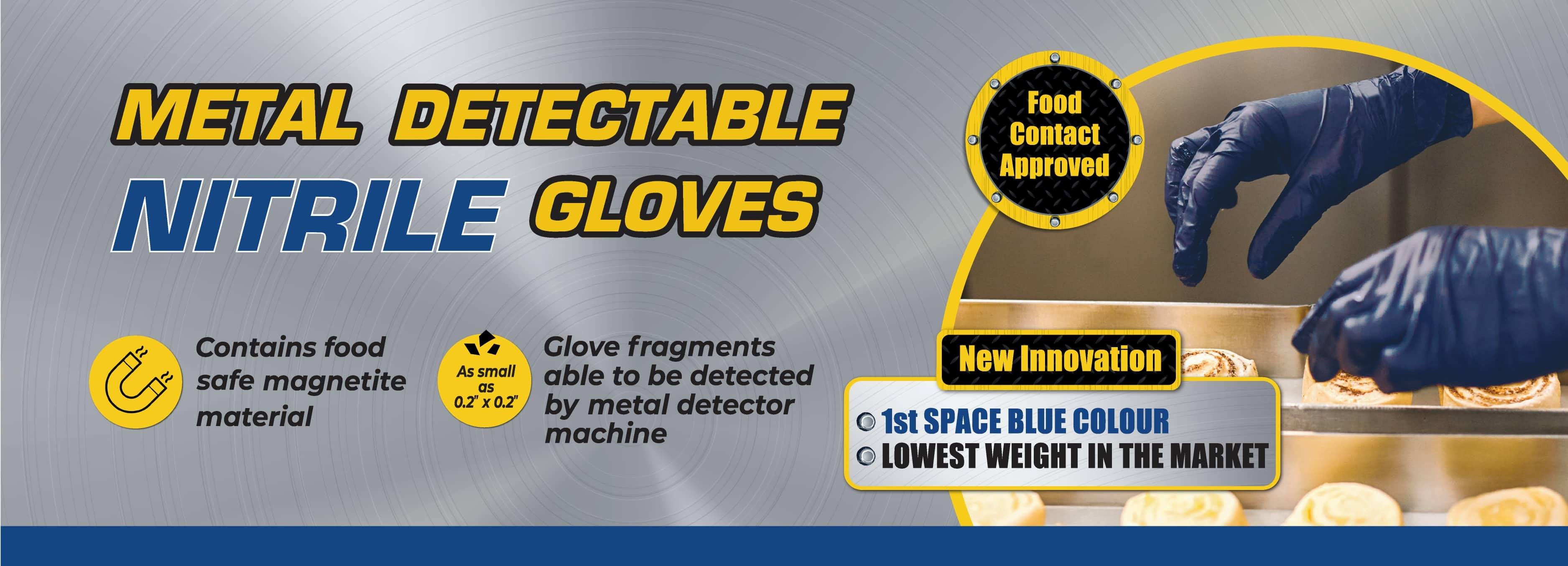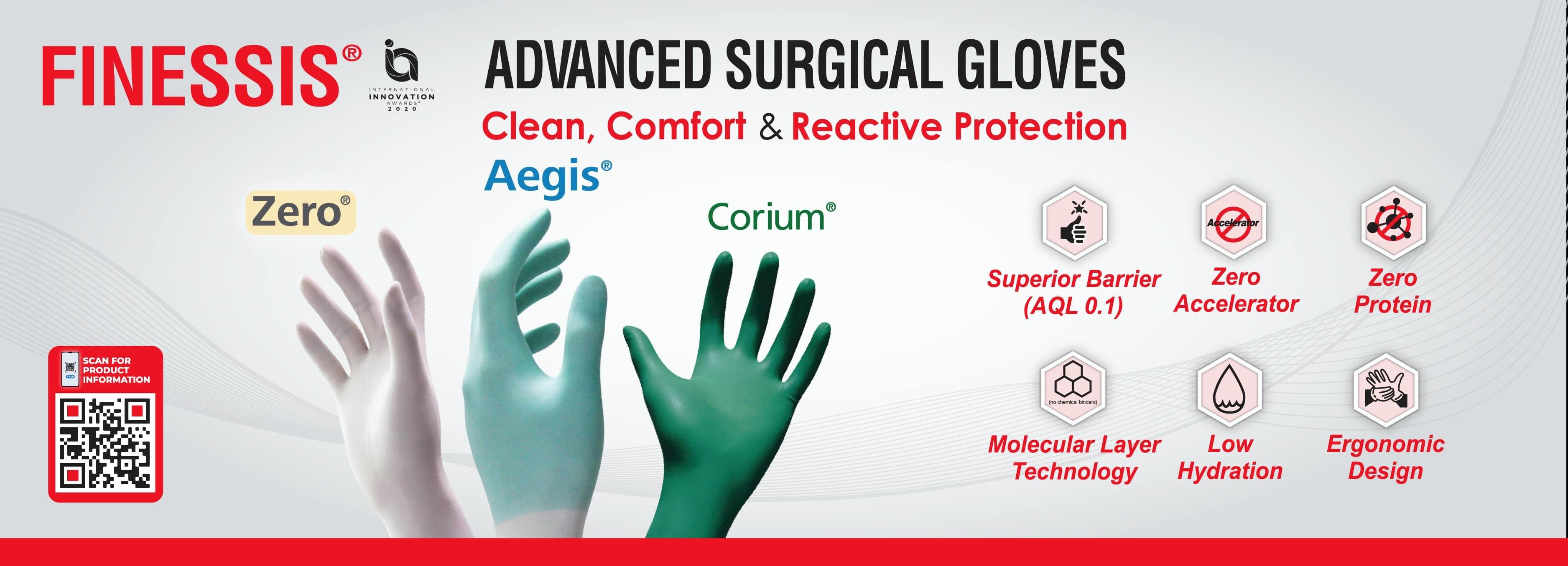TOP GLOVE EYES RM10B MARKET CAPITALISATION IN THREE YEARS
13 December 2016 / 12:12
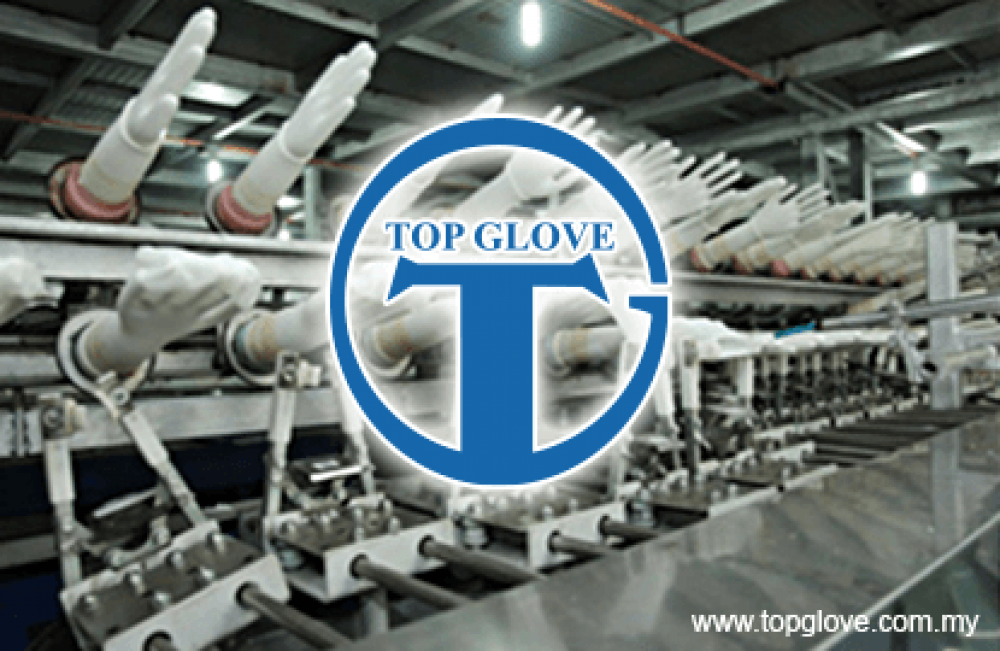
KUALA LUMPUR: Top Glove Corp Bhd may be firmly entrenched as the world’s largest rubber glove manufacturer in terms of production capacity, but the group’s executive chairman Tan Sri Dr Lim Wee Chai seems bothered by the fact that its market capitalisation is still behind that of its rival Hartalega Holdings Bhd.
As at last Friday, Hartalega, which positioned itself as the largest producer of nitrile gloves in the world, had a market capitalisation of RM7.76 billion. Meanwhile, Top Glove was valued at RM6.16 billion, 26% lower than Hartalega.
Speaking to The Edge Financial Daily recently, the 58-year-old Lim, who founded Top Glove in 1991, was not shy about his ambition to overtake Hartalega’s pole position.
“We hope we can achieve a market cap of RM10 billion within the next three years. While this also depends a lot on market sentiment, we should reach the target if our sales and profits improve in the coming years,” he said.
Lim recalled that over the past 10 years, Top Glove has always been the largest rubber glove firm in terms of market capitalisation, but it was only in the last two to three years that the company was, and still is, being valued lower than Hartalega.
“We are catching up now. We want to do our best to increase our market cap, and hopefully, we can overtake our competitor and regain the top position,” he said.
Top Glove saw its market capitalisation decline from RM3.8 billion in 2013 to RM2.9 billion in 2014 before recovering to the current level. Hartalega, on the other hand, grew its market capitalisation to RM5.1 billion in 2014, up from RM3.6 billion in 2013.
Despite Top Glove’s relentless efforts to reclaim the No 1 position, Hartalega showed no sign of slowing down.
Meanwhile, Kossan Rubber Industries Bhd’s market capitalisation jumped from RM2.7 billion in 2013 to RM4.16 billion currently, whereas Supermax Corp Bhd’s market capitalisation slipped to RM1.43 billion, down from RM1.8 billion in 2013.
Lim reiterated that in order to grow Top Glove’s market capitalisation by getting better sales and profits, it must have efficient staff to improve product quality and cost efficiency.
“Our business direction is to produce consistently high-quality gloves at a low and efficient cost. So I think, for the company to grow, for the company to achieve higher profit margins and market cap of RM10 billion, the only solution [the] is people in the company,” he explained.
With 500 production lines from 25 factories in Malaysia, Thailand and China, Top Glove produces 46.6 billion gloves per year. The group is in the midst of adding another 112 lines in Phuket and Klang, which could provide an additional capacity of 12.2 billion gloves a year.
Upon completion by May 2018, Top Glove will operate 612 lines from 27 factories, producing 58.8 billion pieces of gloves every year.
Exporting to distributors across 195 countries, Top Glove has already captured 25% of the global market share.
But this doesn’t mean Lim will rest on his laurels, as Top Glove aspires to increase its world market share to 30% by 2020. The group also intends to become the world’s largest nitrile glove manufacturer in two years, with a targeted annual sales growth of 10% to 15%.
Lim also expects global demand for rubber gloves to increase by 6% to 8% every year coming from emerging markets or developing countries where awareness and usage are lower but rapidly on the rise.
“In normal circumstances, without external factor, we hope to achieve a target of 10% growth in sales volume, revenue and profit. But in order to achieve these targets, we need to expand our production capacity, and more importantly, we have to sell more,” he said.
Lim went on to say that Top Glove’s approach has always been to focus on things that are within the company’s control, rather than external factors such as the fluctuations of raw material prices and foreign exchange rates, rising utilities costs, as well as foreign labour and water shortage issues.
“To me, keeping the costs down, reducing wastages, increasing automation to reduce human error, ensuring our people and machines work efficiently, establishing good talent recruitment and retention strategies — these are all the key factors for us to maintain our competitive edge by producing quality gloves at an efficient, low cost and offering a comprehensive range of gloves,” Lim said.
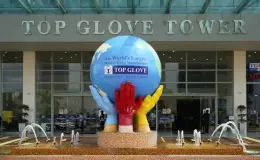
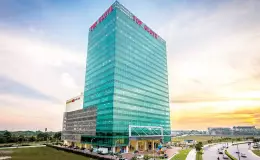
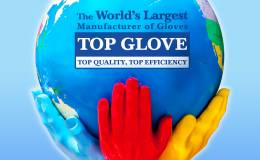

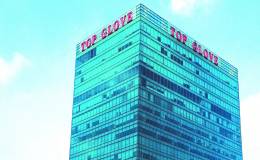
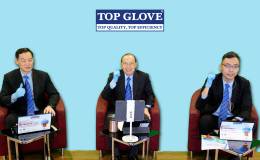

.jpg)

.png)
.png)
.png)

.png)
.png)
